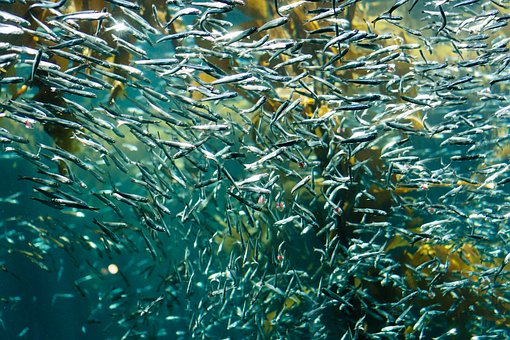
By EDWIN G. ESPEJO | MindaNews
Total fish landings at the country’s second largest fishing port complex dramatically grew by 17 percent although local fish production slightly fell by -0.01 per cent last year, according to the latest statistics provided by the Philippine Fishing Development Authority here.
A record total of 247,637.20 metric tons were landed at the fishing port complex in General Santos City last year, up from 210,760.85 metric tons in 2017.
The 2018 figures saw the largest spike in frozen fish landings since local tuna manufacturers and processors began importing frozen tuna more than a decade ago.
Last year’s frozen fish landings were up by 38,279.53 MT from 2017 of which 31,577.56 MT were brought in by foreign vessels.
Of the frozen fish landings, 6,701.97MT were landed by Manila-based fishing companies.
Frozen imports rose by 37 percent during the same period.
Total fish landings in General Santos City however continue its upward trend over the last 10 years.
In 2010, total fish landings were just 143,139.17 metric tons compared to the 2018 figure of 247,637.20 MT.
But local fish landing was marginally down last year, from 107,368.86 MT in 2017 to just 105,965.68 MT last year after a decade of continued growth.
Rosanna Contreras of the Socsksargen Federation of Fishing and Allied Industry (SFFAI) said the spike in frozen imports was driven by increased demands from local canning plants.
“We see this as a positive sign and maximizing the capacities of our canning plants,” Contreras said.
She said local productions are no longer meeting the high volume of fresh tuna landings needed to sustain the operations of local canning plant.
More than 85 percent of total fish landings at the General Santos City fishing port complex are yellow fin and tuna-like species, earning the city the moniker as the Tuna Capital of the Philippines.
Six of the country’s eight tuna canning plants are located in this southern port city where more than 80 percent of the tuna landings are canned and processed for export.
The SFFAI executive director said conservation measures have helped boost local tuna landings.
The country, in compliance to the conservation measures instituted by the 26-nation member Western and Central Pacific Fisheries Commission, has been closing its fishing grounds for tuna fishing from July to October each year to allow highly-migratory tuna fish species to replenish their stocks.
In addition, Philippine tuna fishing fleets have long ago discarded fine mesh fishing nets.
The Department of Agriculture, through its line agency Bureau of Fish and Aquatic Resources, has also closed several fishing grounds for sardine and round scad (galunggong) fishing such as the straits in Basilan and Iloilo during spawning seasons.
More than 85 percent of total fish landings at the General Santos City fishing port complex are yellow fin and tuna-like species, earning the city the moniker as the Tuna Capital of the Philippines.
Six of the country’s eight tuna canning plants are located in this southern port city where more than 80 percent of the tuna landings are canned and processed for export.
Over 200,000 of the city’s population of 750,000 are dependent on the tuna industry, which directly employs more than 25,000 workers.






